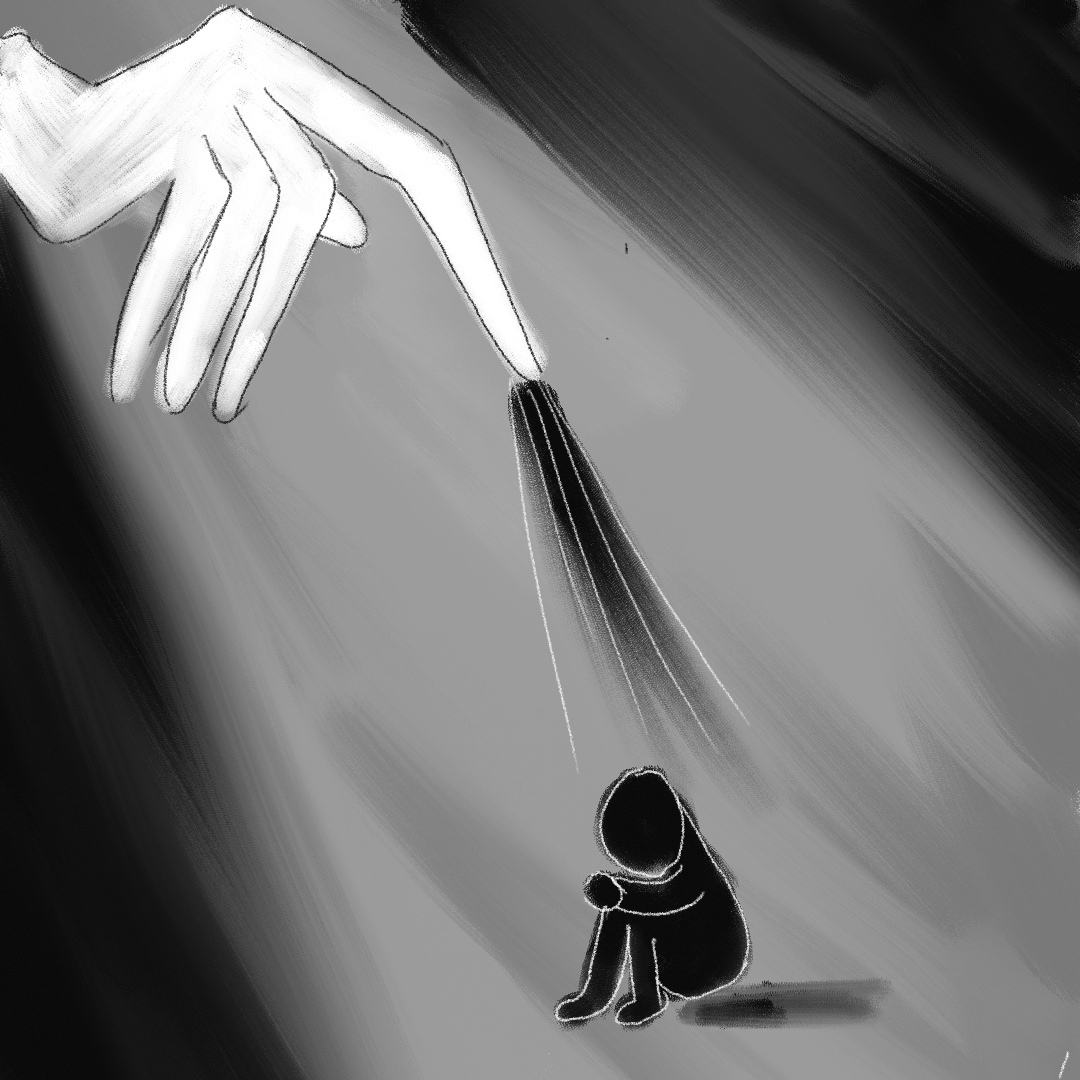Introduction
To begin with, I created a picture inspired by the film Persepolis which shows the life of an Iranian girl in times of political control and repressions. This film received several awards and became the most well-known work of its directors, Paronnaud and Satrapi. Even though an art I created relates to the other type of medium, picture, not a film, it is still strongly connected to Persepolis and has a similar meaning and the same palette of colors.
Main body
For the created art, as an inspiration was taken the film Persepolis, which puts in the center of discussion the topic of authoritarian control and repression in Iran. This film was created in 2007 as an adaptation of the autobiographical graphic novel of one of the co-directors, Iranian-born French author Marjane Satrapi. The other co-director is Vincent Paronnaud, a French comic book writer and artist. Interestingly, Persepolis is not a film with real actors playing their roles, but it is a movie drawn by artists in white and black colors mainly, emphasizing the city’s dark atmosphere and hard times. Although it is a drawn film, it cannot be claimed cartoon for children; it is allowed to watch it for people older than 13 years old only. Persepolis is the name of an ancient city in Iran; previously, it was the ceremonial capital of the Achaemenid Empire before Christ’s birth. Moreover, Persepolis was declared the world heritage protected by UNESCO since 1979. The story itself tells about a young girl who comes of age during the Iranian Revolution.

My art is called Master Hand, as it shows someone’s hand that colors a person’s life in black, even if he sits in a well-lightened place. This hand demonstrates all the social pressure imposed on a single person who seeks to find freedom but sits in the shadow of an invisible master. As it was already stated, this art was inspired by Persepolis, mostly black and white film, and these two pieces of art are connected in terms of the central topic. In both, authoritarian control was taken over a person seeking to find freedom by repressions, the strategy to enforce public obedience through violence and surveillance. Therefore, they are mostly similar but represent different mediums (film and art) and influence the viewer differently. For instance, in a movie, the viewer may hear the music, watch the behavior of actors and how they react to events, and communicate with others. It gives more information and leaves the person with fewer opportunities to analyze and make conclusions. A painting, in turn, opens a bigger space for thinking about what is drawn, and each person may find out various meanings in the same piece of art.
Conclusion
In conclusion, as a film, Persepolis tells the story of a girl coming of age in times of political repression and revolution, giving a viewer food for thoughts by colors and the main character’s attitude towards her life in the city. Master Hand also tells about an invisible person coloring person’s life with black colors, making it worse, making it is hard for him to go away to seek his freedom. However, my piece of art does not provide additional background for the person or his environment, which allows each viewer to find his own meaning in the painting.
References
Abeel, E. (2007). Indiewire Interview | “Persepolis” co-directors Marjane Satrapi and Vincent Paronnaud. Indiewire, Web.
Paronnaud, V. & Satrapi, M. (2007). Persepolis [Film], Sony Pictures Classic, Web.